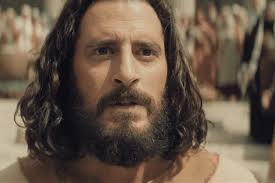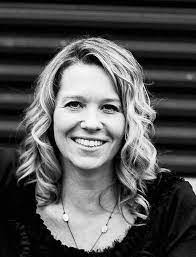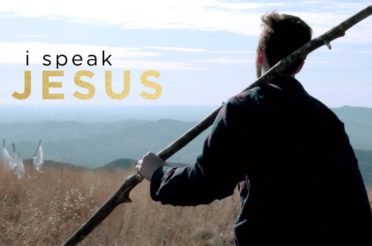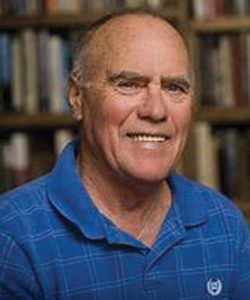By Roger Barbee
In May 1968 I graduated from college with a degree in English. I went home that summer to work in Cannon Mills, Plant 1, but as soon as August came, and Uncle Grant sold me that two-toned green rambler, I headed to what I viewed as the “promised land” of the North, which for me was Washington, D.C. I remember on the long drive to my apartment in Maryland seeing a “Wallace for President” sign somewhere in N.C., and thinking, “No more of that.”
During my college years I became good friends with William MacPherson, who had grown up in Arlington, Va. I visited his home and thus, D.C., over the four years of gaining an education. I came to think of the area as the “land of milk and honey” for such a fired-up, young radical as I. The time of my graduation was the time of George Wallace and “Clean” Gene, who were candidates for President. It was also the time of Dr. King, Jr.’s assassination and the subsequent riots. It was the time of protests. It was the time of Howard Zinn and nightly newscasts of battles in Vietnam, complete with the day’s body count. It was an exciting time to be twenty-one years old and beginning a teaching career in a rural county of Maryland’s Eastern Shore.
Or so I thought until I recently ran across a reference to a man named Clarence Jordon. Jordon was a strong believer in the Sermon on the Mount, and in the fall of 1941 when he met a gentle missionary named Martin England who believed as he, they began dreaming of establishing Koinonia Farm as a way of countering the plight of farmers. Life on Koinonia Farm would follow Scripture, especially the Sermon on the Mount. In 1942 they purchased a run-down farm southwest of Americus, Georgia, and the work to establish a community of all people began. But, the local population objected to the Koinonians eating together because some were white and some black, and just wages were paid to black workers which went against the rules of Jim Crow. Violence was not long in coming and until his death of a heart attack in 1969, Jordon peacefully followed the tenets of the Sermon on the Mount as angry whites burned down buildings of the farm, stole from it, destroyed its equipment, shot at its members, and local merchants refused to sell seeds and fertilizer to the farm. In describing the personalities warped by hate that tried to kill the farm, Jordon said, “We have too many enemies to leave them [without hope].” I am indebted to Joyce Hollyday for some of this information.
Since reading the reference to Jordon and the Koinonia Farm, I have read his Cotton Patch Version of Luke and Acts, a brief sketch of his life by Joyce Hollyday, and have begun his commentary on the Sermon on the Mount. I am captured by his faith, adherence to Scripture, and his legacy of Koinonia Farm. And I can’t help but go back to my years of college in the 1960’s and my mistaken belief that everything I desired was in a large, northern city.
A son of the South, I highly anticipated the time I could move to a world more suited to my beliefs—equality for men and women, peace, honest work, learning, in brief, everyone coming together to make the world better. I saw my dream in D.C. and went there. But, now, all these years later in 2018, I “discover” a man and a place that had everything I desired. Now, I am not fool enough to think that, going back these fifty years, everything would be peachy. Perhaps Jordon would not have appreciated me or my ways; maybe I not his. So be that. Yet, I am intrigued by my not seeing what was almost right in front of me and held all that my radical heart desired in 1968.







